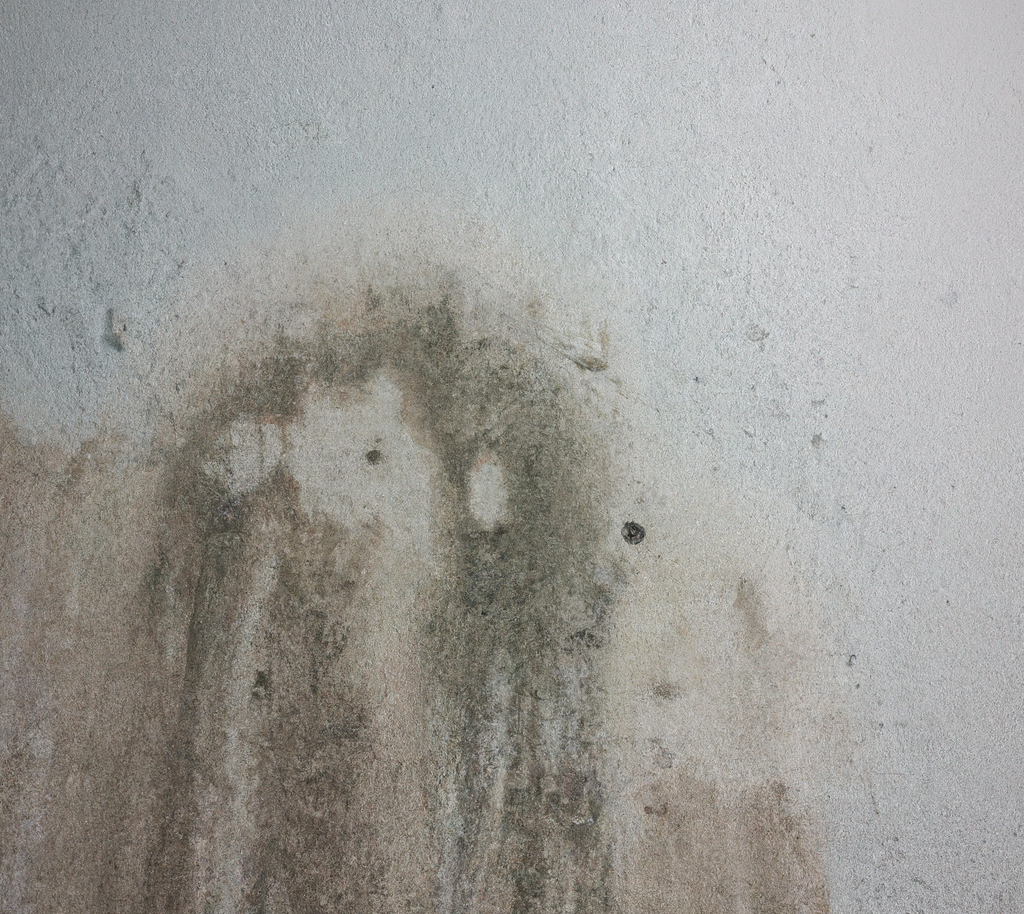Does Mold Die on Its Own If Dried Out?
While mold cannot grow and expand without moisture, it will not “die” on its own without moisture. Mold will instead become dormant or inactive, which you can think of as going to “sleep”. Mold can stay in this dormant state for years given certain conditions and start growing again if it comes into contact with another moisture source.

Is Dry Mold Dangerous?
Yes, dry mold is dangerous and should be removed as soon as possible. According to the EPA, dry mold can still cause allergic reactions in certain people. So even though dry mold is overall considered less harmful than active mold, it still has health risks particularly for people with asthma and allergies. Since dry mold is so light, it can easily become airborne and effect the indoor air quality. It can also start to regrow if it comes into contact with another moisture source.
Does Dry Mold Smell?
Dry mold has significantly less smell than active mold has, but it may still may have some odor. The smell of dry mold is often similar to the smell of active mold except much more faint.
At What Humidity Does Mold Die?
According to the CDC, maintaining humidity levels below 30-50% all day long is an effective way to cause mold to go into an inactive state. That being said, merely reducing the humidity levels is insufficient to eradicate an active mold issue. To prevent mold from regrowing, both the mold spores and any contaminated materials must be removed.
What Does Inactive Mold Look Like?
When mold is inactive, it often becomes dry and powdery in consistency. It is so ashy that if you touched it (which we don’t recommend you do), the surface layer the surface layer would easily come off.
Does Inactive Mold Need to be Removed?
Yes, inactive mold needs to be removed along with mold spores and any contaminated materials in order to properly remediate mold.
Here are the two main reasons why that’s the case:
1. Inactive mold can still cause allergic reactions and other health problems in certain people.
2. Inactive mold which is also called dead mold can still grow back if it comes into contact with moisture again.
How Long Does it Take For Mold to Dry Out (“Die”) Without Moisture?
In most cases mold will become inactive within a week or two of not coming into contact with moisture. This time period will vary to a certain degree based on how much mold is present and the type of mold in question. That being said, as we mentioned before in this article it can still begin to grow back if it comes into contact
How Long Can Mold Spores Live Without Moisture?
Under specific conditions, certain types of mold spores can persist in a state of dormancy for centuries. The duration of dormancy is highly variable and dependent on the type of mold in question. In order to make your property safe and rid of mold, you will need to remediate the mold spores and remove any contaminated build building materials.
Conclusion
While dried mold is generally regarded as less dangerous than active mold, it can still pose a risk to your health and regrow if it’s not removed properly. Mold will not go away on its own. That’s why it’s important to hire an expert like us as soon as possible if you have any sort of mold issue. We have pros available 24/7 and nationwide to assist you. Call us now for a free inspection and estimate!